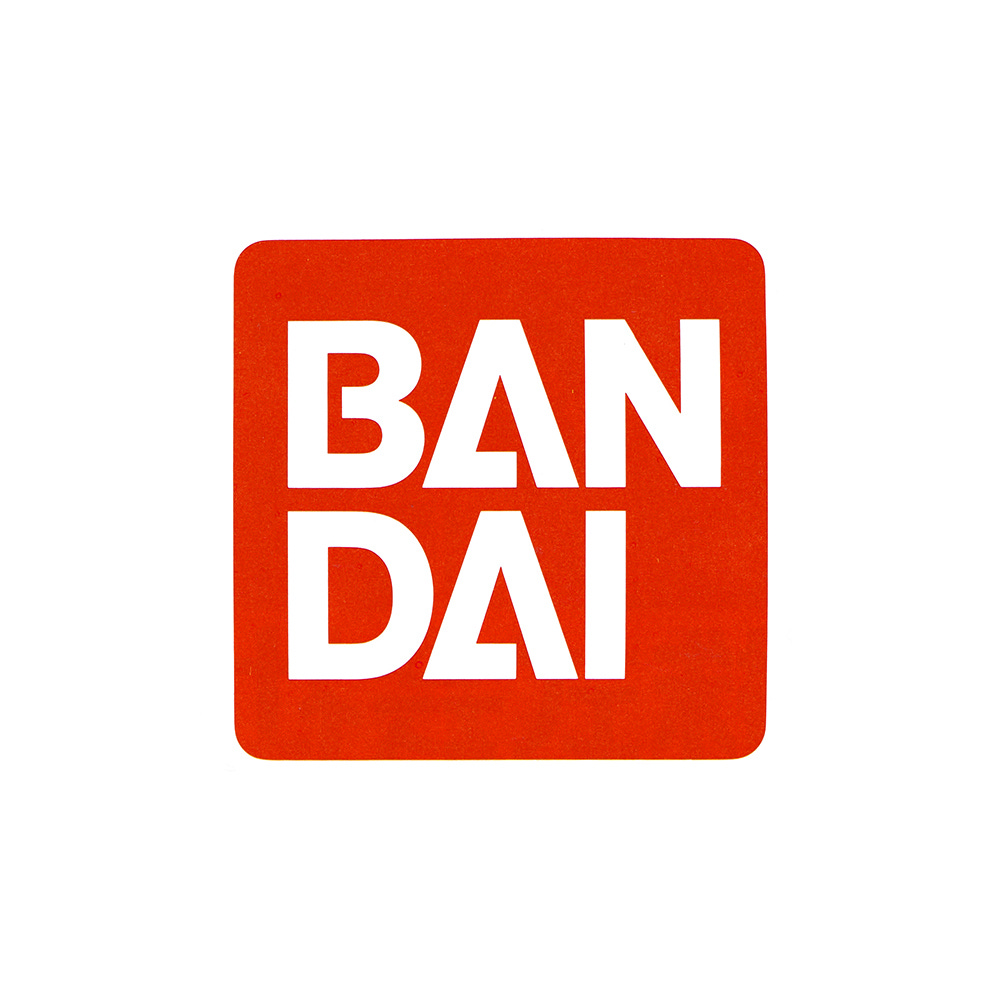Bandai Logo, 1983
Shin Matsunaga and PAOS' 1983 logo for Japanese toy and game-maker Bandai.
This post is supported by LogoArchive – The home of historical logos. Discover over 4700 of history’s greatest designs from the world’s finest designers. Updated every single day. Always find the logo inspiration you need for your next logo or branding project. Start here.
By the 1980s Bandai Co., Ltd–a Japanese multinational toy and games manufacturer and distributor founded in 1950–had grown to become the industry leader, operating eight groups covering a variety of different product categories. In 1982 these groups were merged into one.
The restructuring was instrumental in getting Bandai listed on the Tokyo Stock Exchange and expressed its readiness and ambition to move beyond an area of business that was described as a ‘cottage industry running on inspiration’.
Recognising that the entertainment industry would expand far beyond toys and games (Bandai would later be responsible for launching the electronic pet craze with Tamagotchi) Bandai sought out a new corporate identity. This would outwardly convey the restructuring and renewed ambition of the company and prepare it for further expansion whilst also maintaining the ‘vitality inherent to a medium-sized business. In charge of this would be PAOS, fresh off working on iconic Japanese brands such as ASICS and Kenwood.
In March 1983, Bandai would begin a new era of diversification, adding film production, publishing and fashion to its core interests alongside toys and games. The concept ‘Bandai: Creation of Dreams’ provided the strategic positioning necessary to merge the various groups and interests, and would launch with a new logo.



